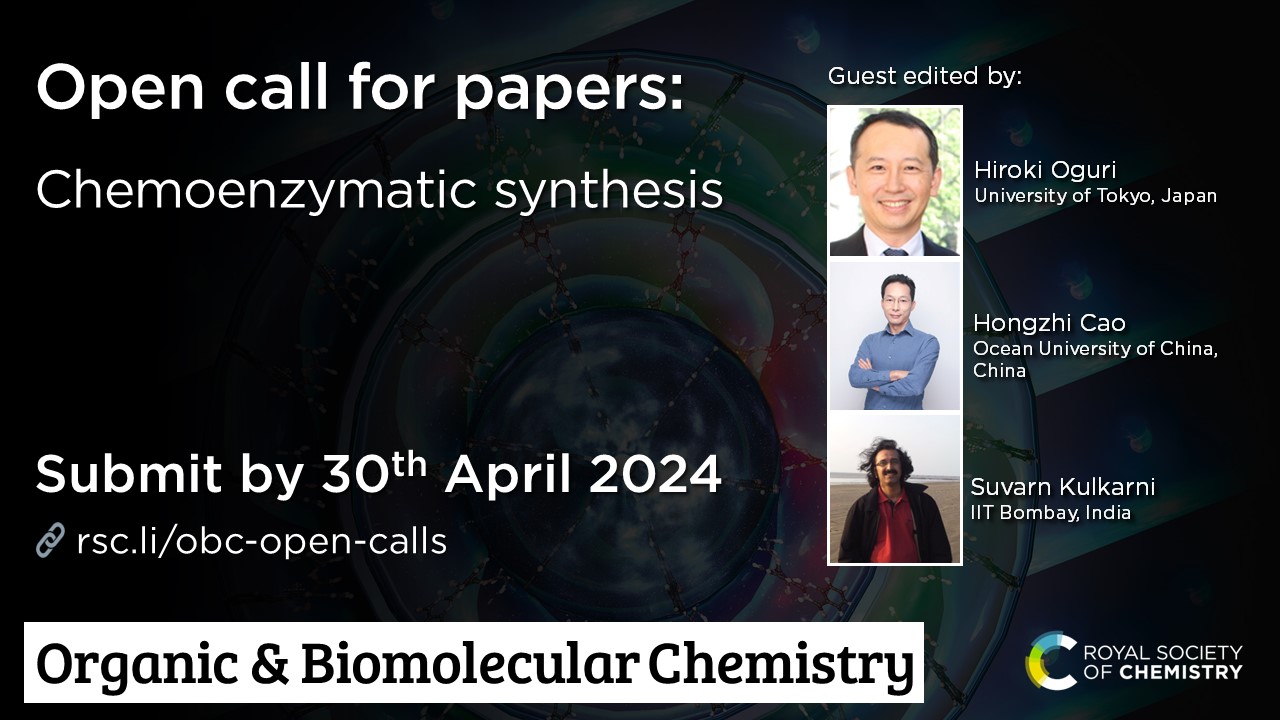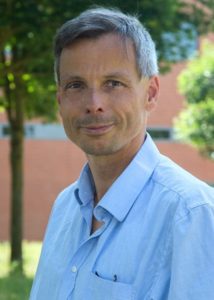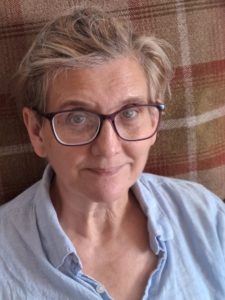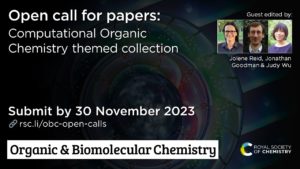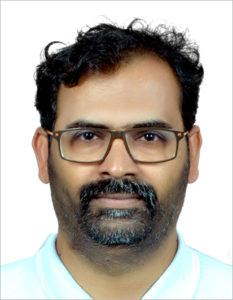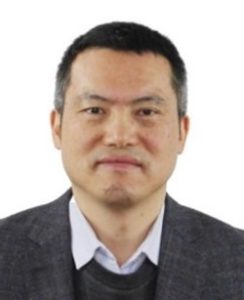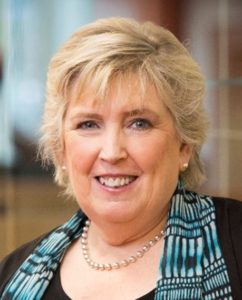2023 marks twenty years of Organic & Biomolecular Chemistry publications. As part of the celebrations, OBC has invited some of the most prominent authors across our history to give their thoughts on the last twenty years of their career alongside their predictions for the next two decades.
The next entry to the series comes from Professor Lei Wang at Taizhou University who first published with OBC in 2009 and he has continued to support the journal with 31 articles across the years, most recently earlier this year.
About Lei
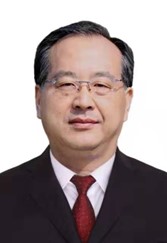 Education and Employment:
Education and Employment:
2019.9 – Present Distinguished Professor of Chemistry, Taizhou University, P. R. China
2012.4 – 2019.3 Secretary of the Communist Party of China, Huaibei Normal University, P. R. China
2005.2 – 2019.9 Professor of Chemistry, Huaibei Normal University, P. R. China
2005.2 – 2012.4 President of Huaibei Normal University, P. R. China
2004.6 – 2005.2 Visiting Professor of Chemistry, Mississippi State University, USA
2001.8 – 2004.6 Professor of Chemistry, Huaibei Normal University, P. R. China
1999.6 – 2001.8 Postdoctoral Research Associate at University of Tennessee, Knoxville, USA
1996.9 – 1999.6 Ph. D., Department of Chemistry, Zhejiang University, P. R. China
1995.3 – 1996.9 Professor of Chemistry, Huaibei Normal University, P. R. China
1994.2 – 1995.3 Visiting Professor of Chemistry, Western Kentucky University, USA
1982.7 – 1995.3 Assistant, Associate and Full Professor at Huaibei Normal University, China
1978.9 – 1982.7 B.S., Huaibei Normal University, P. R. China, Major in Chemistry
Research Interests:
Organic synthesis; Organometallic chemistry; Green synthetic methodology; Organic photosynthesis; Organic electrosynthesis; Organic photoelectrosynthesis
First OBC paper: K. Ren, M. Wang & L. Wang, Lewis acid InBr3-catalysed arylation of diorganodiselenides and ditellurides with arylboronic acids, Org. Biomol. Chem., 2009, 7, 4858-4861, DOI: 10.1039/b914533h
Most recent OBC paper: X. Hu, H. Guo, H. Jiang, R. Zheng, Y. Zhou & L. Wang, Visible-light-induced C(sp3)-H thiocyanation of pyrazoline-5-ones: a practical synthesis of 4-thiocyanated 5-hydroxy-1H-pyrazoles, Org. Biomol. Chem., 2023, 21, 2232-2235, DOI: 10.1039/d3ob00092c
Favourite OBC paper: X. Xie, P. Li, Q. Shi & L. Wang, Visible-light-induced tandem cyclization of 2-alkynylanilines with disulfides: a convenient method for accessing benzothiophenes under transition-metal-free and photocatalyst-free conditions, Org. Biomol. Chem., 2017, 15, 7678-7684, DOI: 10.1039/c7ob01747b
How has your research developed over the last 20 years?
In 2001, after finishing my postdoctoral research associate at the University of Tennessee, Knoxville, USA, I returned to my home university, Huaibei Coal Industry Teachers College, starting my independent research career. At that time, I began my research from zero, overcoming a variety of unimaginable difficulties in my arduous scientific research journey, including setting up my own laboratory from nothing, with only one or two undergraduate students in my group and limited money and facilities. With the support of the Chinese government, encouragement by my co-workers and the hard work of my colleagues, my research group gradually grew and grew, and my research projects began to go very smoothly in the last two decades. Now there is a big team with more than 30 post-doctorates and graduate students in my group, well equipped with instruments including 600 MHz NMR and HPLC-HRMS with generous research funding. I have now since published more than 300 papers in J. Amer. Chem. Soc., Angew. Chem. Int. Ed., Org. Lett. et al., especially including over 30 papers published in Org. Biomol. Chem. with the first paper in 20091. As a result of this, I was selected as one of the Highly Cited Researchers (Chemistry) from 2020 to 2022 in Elsevier’s list and in the World’s Top 2% of Scientists by Stanford University. In addition, I served as the President of Huaibei Normal University (originally Huaibei Coal Industry Teachers College) from 2005 to 2012, and the Secretary of the Communist Party of China in Huaibei Normal University from 2012 to 2019. During my time in those positions, we have promoted the rapid development of the university in scientific research and the quality of graduate and undergraduate students under the support of our faculties and staffs.
How has the encompassing field of your research changed over the last 2 decades?
Over the last two decades, my research has been focused on the methodology of organic synthesis. However, this was originally classified as analytical chemistry until 1996. Developments in organic chemistry has meant my research field has also adjusted from organometallic chemistry directed towards organic synthesis (OMCOS) to activation/functionalisation of inert chemical bonds including C-H, C-O, and C-halogen bonds, organic photosynthesis, organic electrosynthesis and organic photoelectrosynthesis to meet the need of green chemistry with atom economy, concise synthetic routes, green solvents, non-precious transition-metal catalysis and renewable energy. Our most recent publications in OBC are an example of this, focusing on organic photosynthesis and electrosynthesis2,3. However, my favourite paper that has been published in OBC is on a convenient method for accessing benzothiophenes using visible light induced tandem cyclization of 2-alkynylanilines with disulfides4 which was highlighted by SYNFACTS in 20175.
Where do you see the challenges being for this field over the next 20 years?
The past decade has witnessed an explosive growth in the use of photocatalytic and electrocatalytic techniques in organic synthesis, and organic photocatalysis and electrocatalysis are two powerful strategies for the construction of organic molecules that have received much attention in recent years. Electrophotocatalysis, which at its best combines to most advantageous aspects of these two approaches, has in the last five years begun to offer new avenues for synthetic chemists. Electrophotocatalysis has the ability to perform photoredox reactions without the need for large quantities of stoichiometric or superstoichiometric chemical oxidants or reductants by making use of an electrochemical potential as the electron source under relatively mild conditions. In the next 20 years, electrophotocatalysis will be a rapidly growing research frontier combining with scale-up reactions, continuous flow chemistry for high reproducibility and high-throughput experimentation. It is becoming a powerful tool for both academic and industrial chemists.
Check out the other entries in our blog series here!
1K. Ren, M. Wang & L. Wang, Lewis acid InBr3-catalysed arylation of diorgano diselenides and ditellurides with arylboronic acids, Org. Biomol. Chem., 2009, 7, 4858-4861, DOI: 10.1039/b914533h
2X. Hu, H. Guo, H. Jiang, R. Zheng, Y.-Q. Zhou & L. Wang, Visible-light-induced C(sp3)-H thiocyanation of pyrazoline-5-ones with ammonium thiocyanate to 4-thiocyanated 5-hydroxy-1H-pyrazoles, Org. Biomol. Chem., 2023, 21, 2232-2235, DOI: 10.1039/d3ob00092c
3Y. Lv, Z.-W. Hou, Y. Wang, P. Li & L. Wang, Electrochemical monofluoroalkylation cyclization of N-arylacrylamides to construct monofluorinated 2-oxindoles, Org. Biomol. Chem., 2023, 21, 1014-1020, DOI: 10.1039/d2ob01883g
4X. Xie, P. Li, Q. Shi & L. Wang, Visible-light-induced tandem cyclization of 2-alkynylanilines with disulfides: a convenient method for accessing benzothiophenes under transition-metal-free and photocatalyst-free conditions, Org. Biomol. Chem., 2017, 15, 7678-7684, DOI: 10.1039/c7ob01747b
5V. Snieckus & M. Miranzadeh, Visible-lighted-induced iron-catalyzed synthesis of 3,3-disubstituted oxindoles, Synfacts, 2017, 13, 0802, DOI: 10.1055/s-0036-1590741
Comments Off on 20th Anniversary Blog Series: Lei Wang
 We are delighted to welcome our new Associate Editor, Professor Jeroen Dickschat to the Organic & Biomolecular Chemistry Editorial Board!
We are delighted to welcome our new Associate Editor, Professor Jeroen Dickschat to the Organic & Biomolecular Chemistry Editorial Board!











